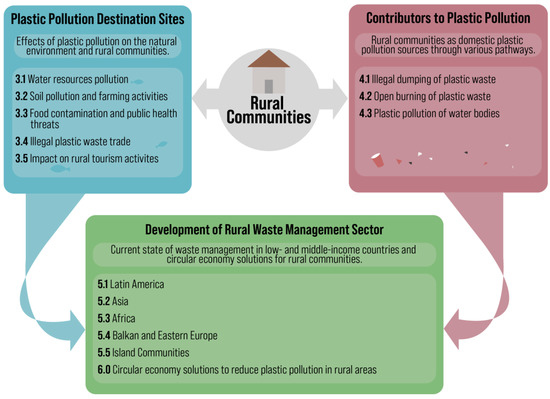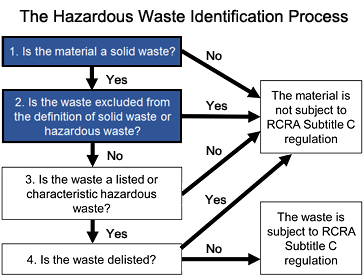Top Guidelines Of Reclaim Waste
Table of ContentsThe Only Guide to Reclaim WasteReclaim Waste for BeginnersThe 2-Minute Rule for Reclaim WasteRumored Buzz on Reclaim WasteThe smart Trick of Reclaim Waste That Nobody is Talking AboutWhat Does Reclaim Waste Mean?
With correct liquid waste monitoring, firms can minimize energy-intensive treatment procedures and disposal expenses. By following a system for managing liquid waste, firms can avoid pricey penalties and fines and avoid adverse attention.Stay in advance of laws and preserve a safe workplace with a digitized conformity tool. Classifying fluid waste is crucial for reliable storage space, treatment, and disposal. Environmental, Health, and Safety And Security (EHS) groups, waste management police officers, and conformity managers can deal with these wastes safely and successfully when they recognize the fundamentals: Produced from families, this kind of liquid waste comes from toilets, sinks, showers, and washing devices.
(https://www.avitop.com/cs/members/reclaimwaste2.aspx)Collect depictive examples from different factors within the waste stream to guarantee precision. Conduct regular screening to track any modifications in the make-up. Keep in-depth documents of characterization for future reference and compliance functions. Fluid waste, specifically dangerous ones, presents substantial dangers throughout this action. Proper treatments decrease spills, leakages, and various other crashes that could harm the workers and the general public.
The Ultimate Guide To Reclaim Waste
Store waste in secure and watertight containers to stop spills during collection. Tag the containers suitably, including the type of waste, potential threats, and taking care of directions.
Disinfection (e.g., chlorination, ultraviolet light, ozonation) and nutrient removal (e.g., denitrification and phosphorus obliteration) are advised under rigid guidelines. Various companies went against numerous fluid waste disposal guidelines in current years.
After selecting the most effective kind of treatment method for liquid waste, firms ought to locate means to take care of this correctly. Below are some effective methods of liquid waste monitoring: receive most treated liquid waste that fulfills discharge standards. refers to making use of treated wastewater in farming lands for irrigation as long as the effluent satisfies hygienic degrees per laws.
A Biased View of Reclaim Waste
Superficial basins have liquid waste that is enabled to vaporize with all-natural processes. This kind of disposal is subject to rigorous ecological regulations due to possibly harmful exhausts.
The findings need to be documented, examined, and stored not simply for submission to regulatory authorities however additionally for making enhancements in the future. Usage reputable equipment, techniques, and software remedies to make sure precise and constant data collection. Stay updated on pertinent environmental regulations and market requirements. Share info with appropriate stakeholders (e.g., staff members, governing federal government firms, and close-by neighborhoods) to preserve openness and responsibility.
Our Reclaim Waste Diaries
No matter the business dimension or industry, there are many obstacles connected with this task. Recognizing these can assist them effectively manage their operations and minimize their ecological influence. makes it tough to treat and take care of fluid waste securely. Business that can't buy facilities need to consider collaborating with the public sector for better solutions.
Fluid waste refers to any type of material in a fluid state that is excess, unwanted, or disposed of. One considerable challenge for companies is the absence of suitable storage space centers for liquid waste. Partnering with liquid waste services will greatly minimize this difficulty Criterion skip containers and various other containers that are generally utilized for solid waste are typically inadequate for the special requirements of handling liquid materials.
Everything about Reclaim Waste
This blog explores the qualities of liquid waste, going over how spills and contamination cases can be handled successfully. It additionally discovers the procedures business can require to prevent future leaks and what to do when spills certainly take place. Liquid waste contains any type of undesirable or surplus product that exists in a liquid form and is established for disposal.
This type of waste occurs when an item is no much longer needed, a lot like any type of other kind of garbage. It is essential to engage skilled liquid waste management professionals when transferring or disposing of fluid waste.

The Main Principles Of Reclaim Waste
The Environmental Security Firm mentions the "product needs to travel through a 0.45-micron filter at a stress differential of 75 psi" in order to be defined as a liquid. What is very important to keep in mind below is that the extra solid an item is, the less likely it is to be liquid. It's feasible to differentiate between 2 kinds of fluid waste: organic and not natural. Both have their distinctions.
Both services and people can considerably benefit from understanding appropriate garbage disposal procedures via nine finest techniques in waste monitoring. These approaches are straightened with the well-known waste hierarchy.
